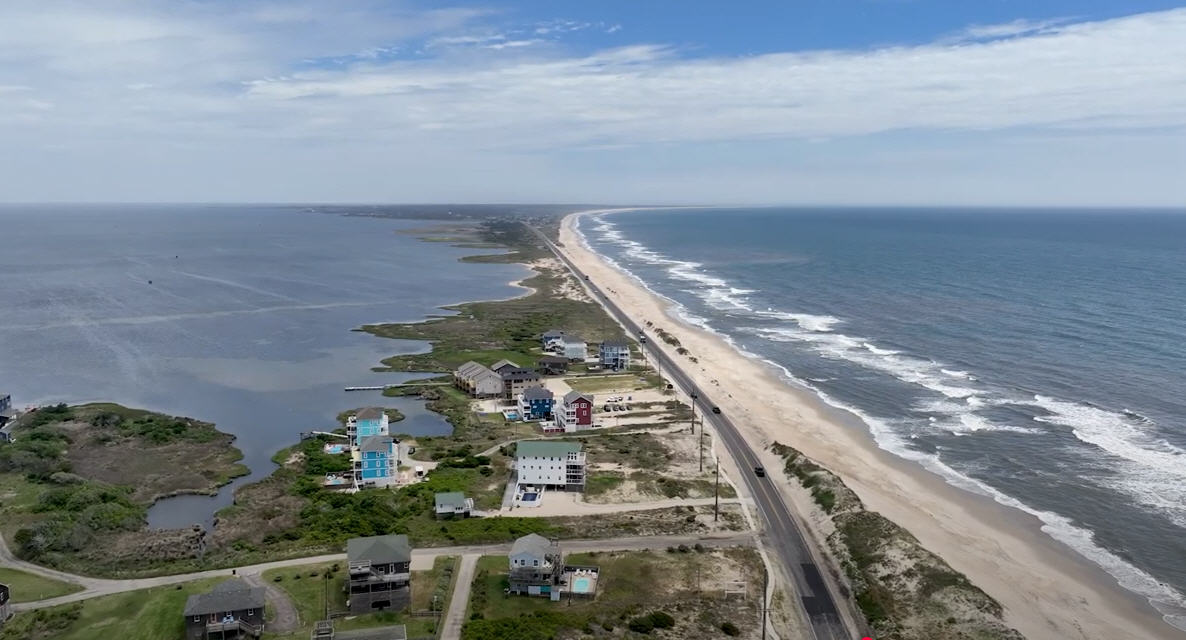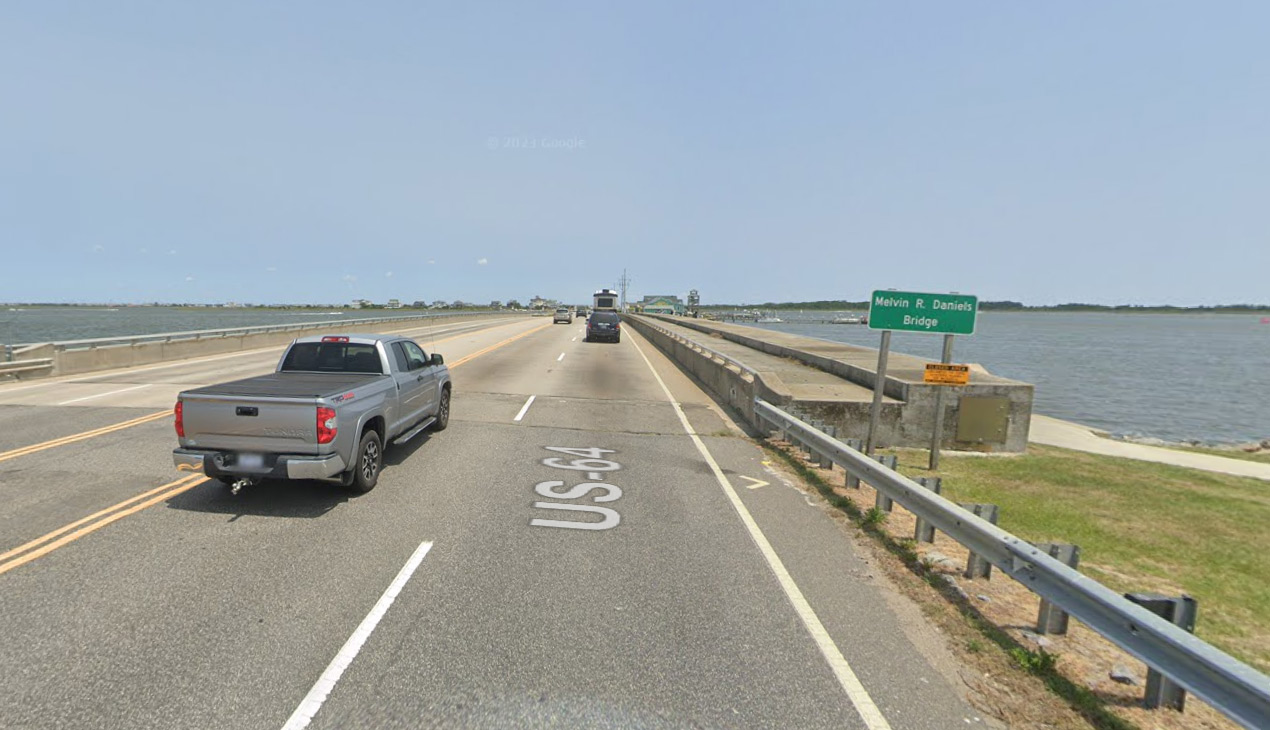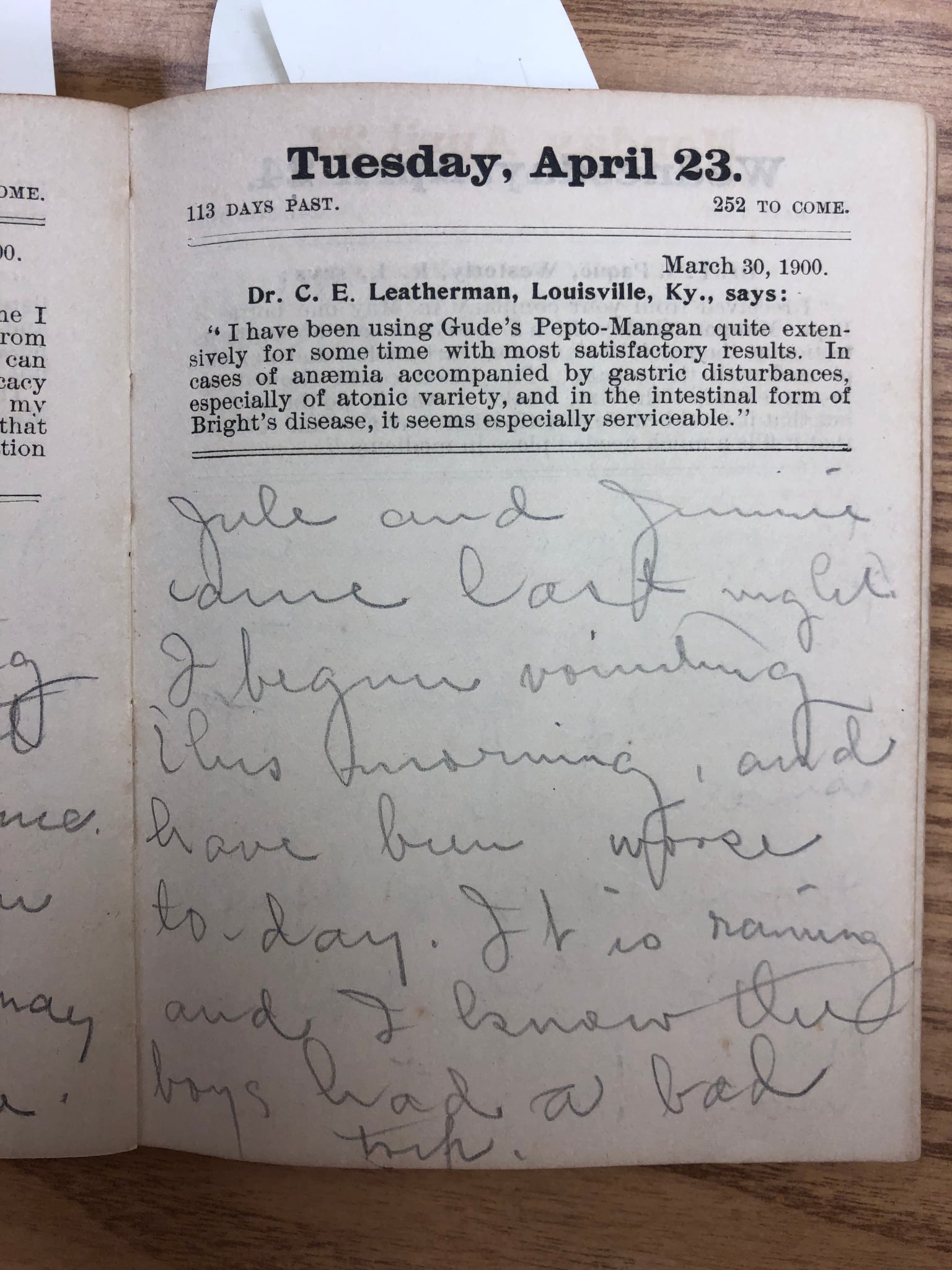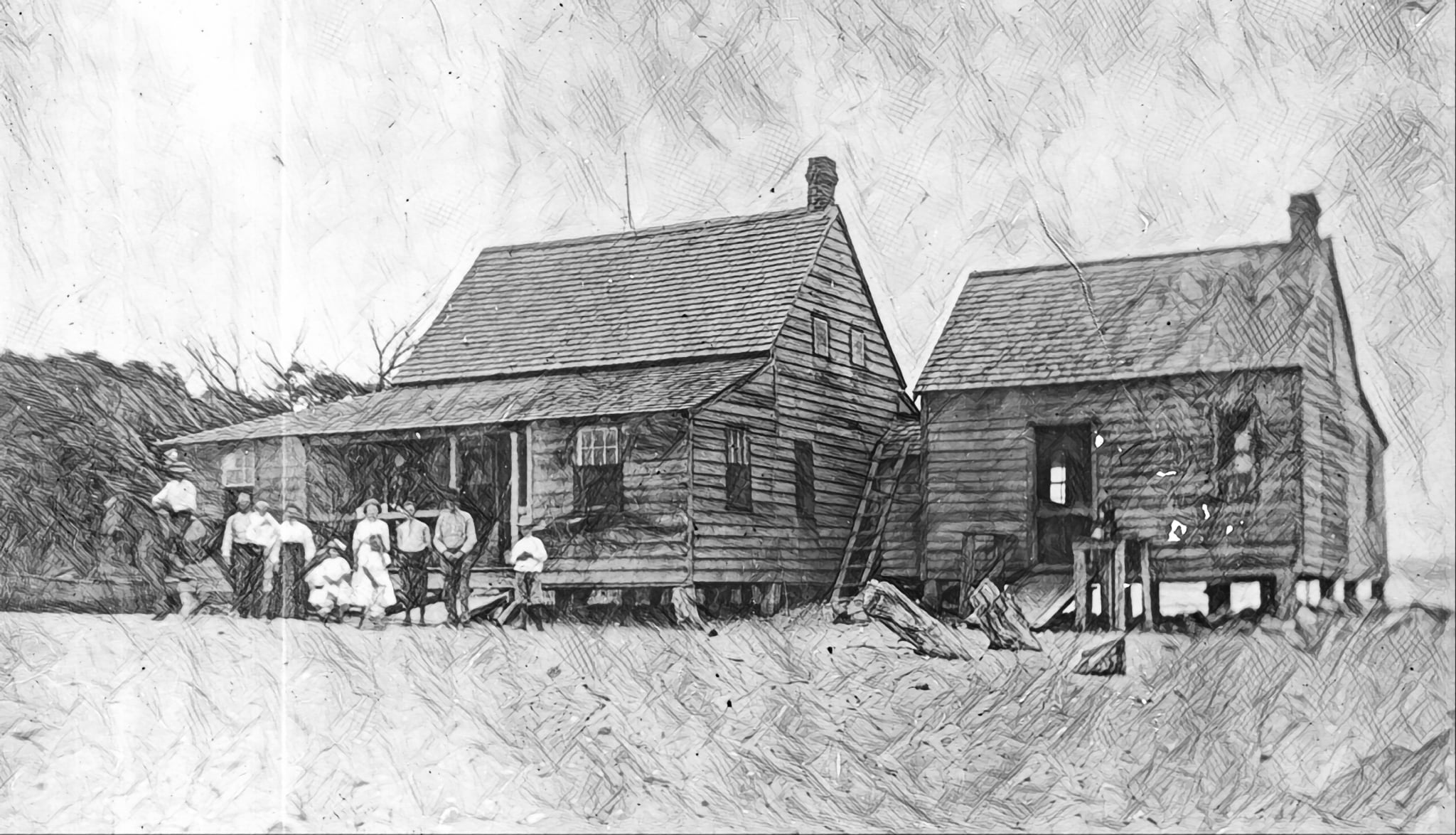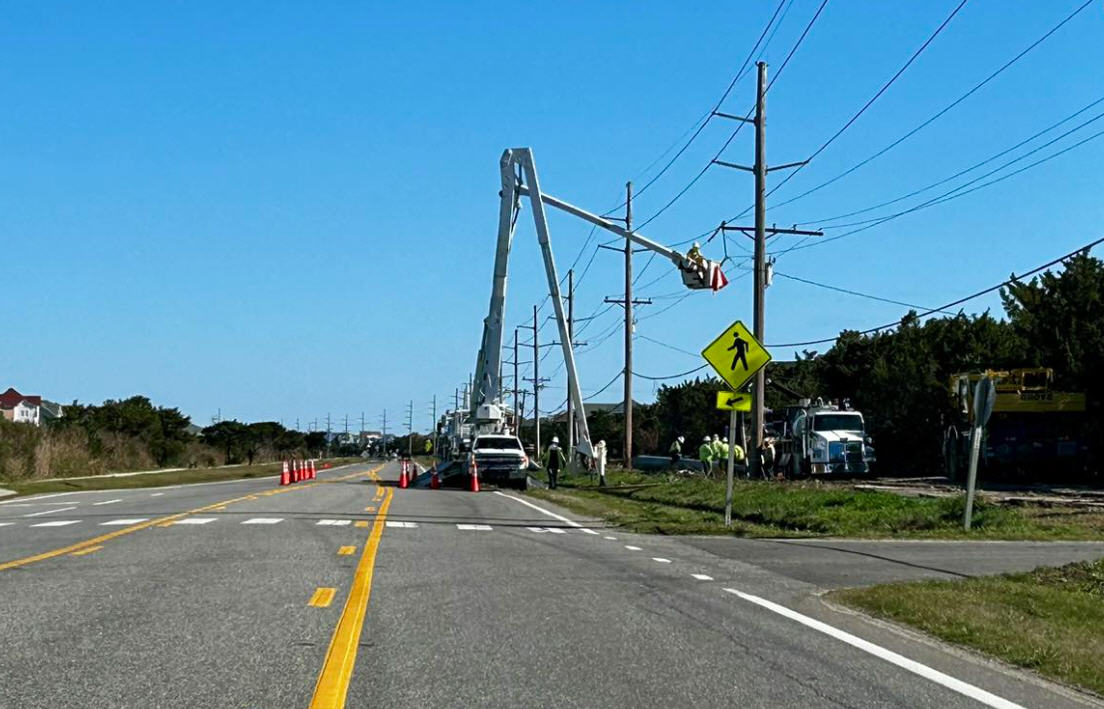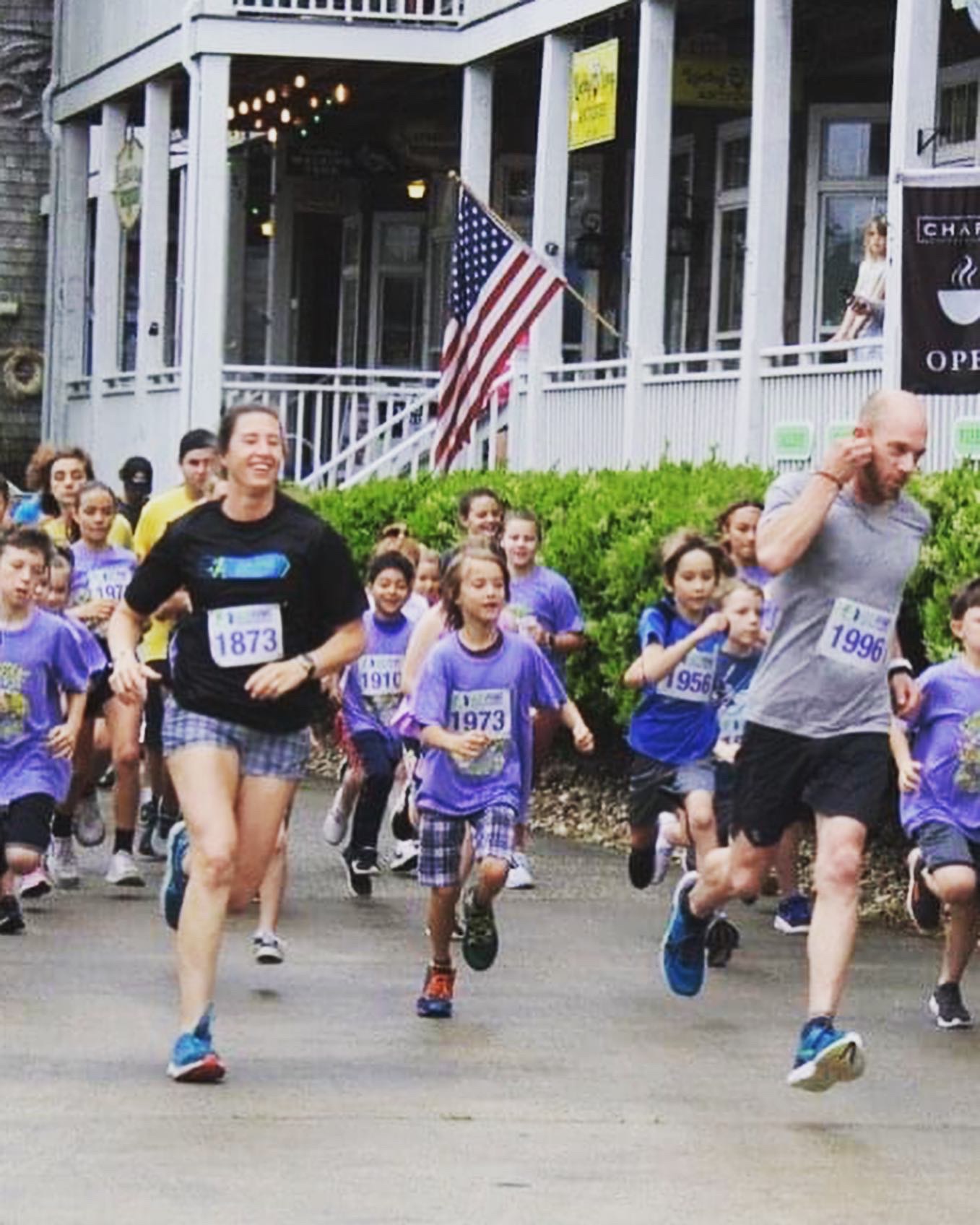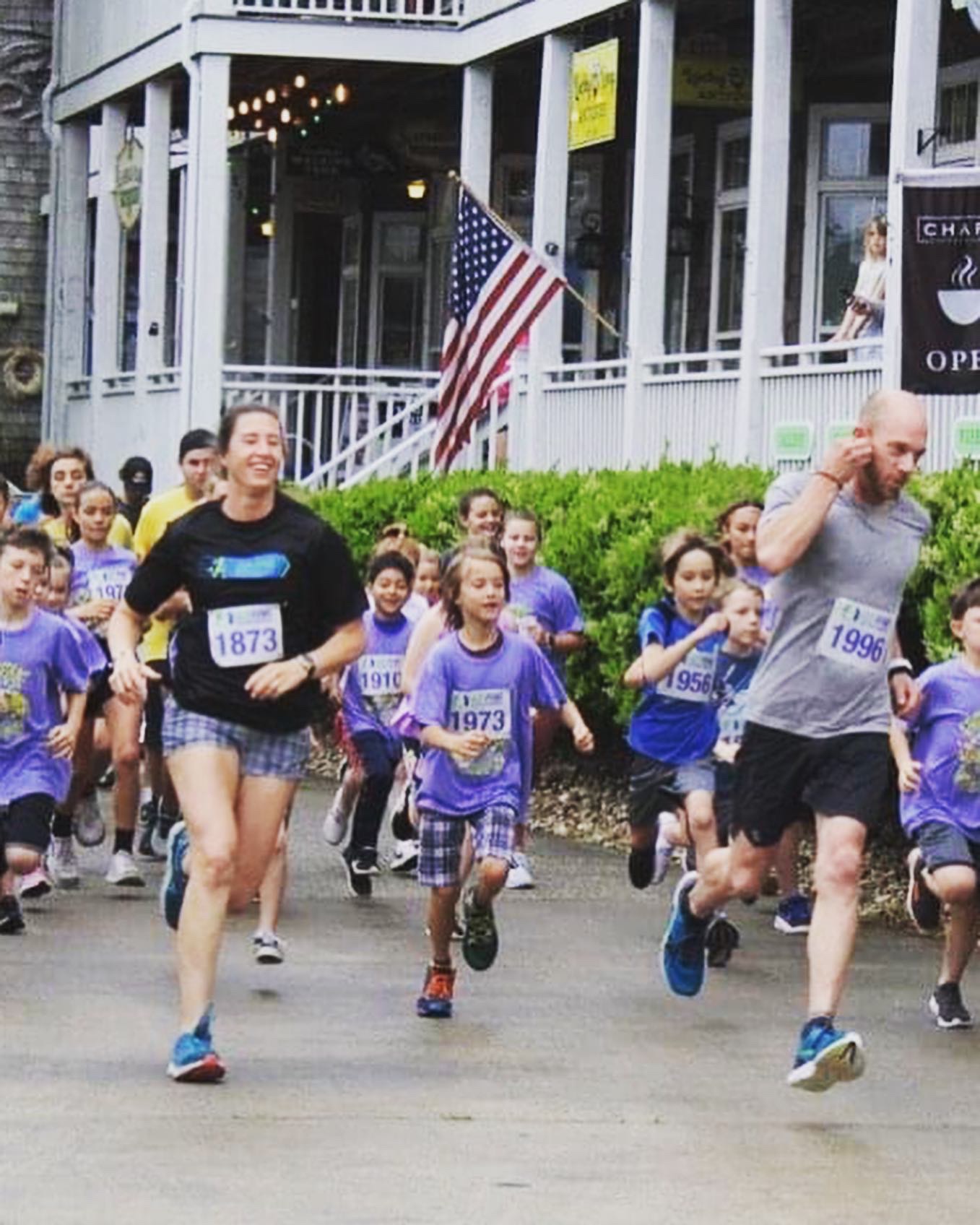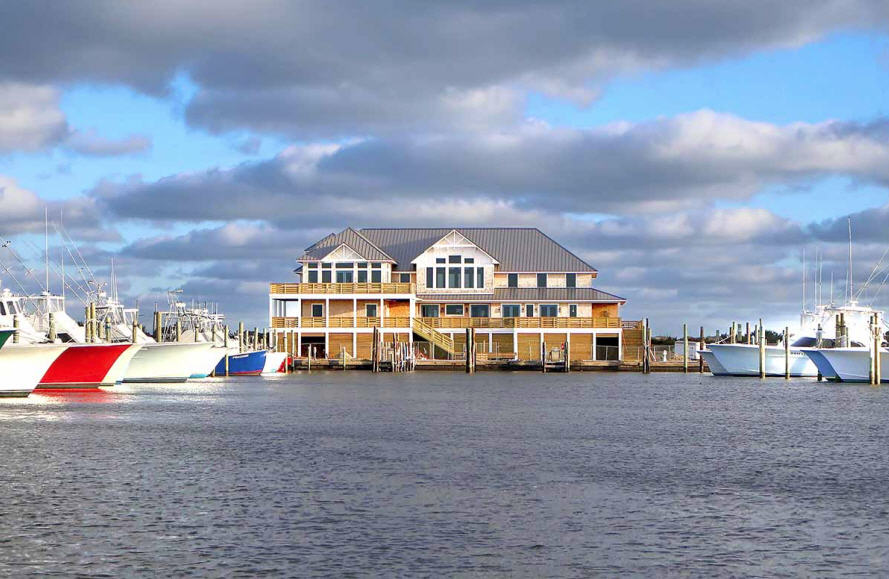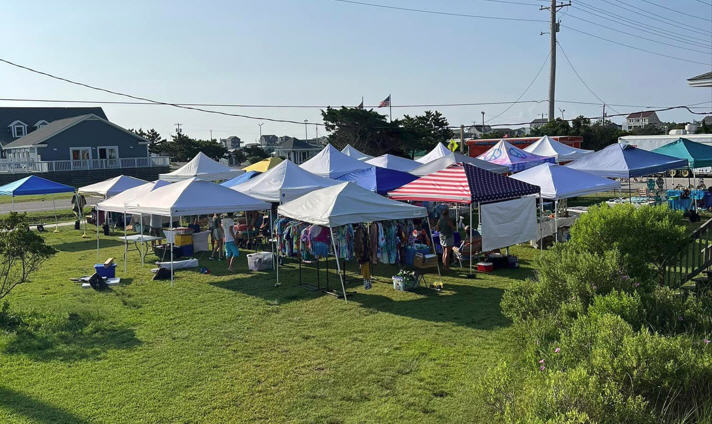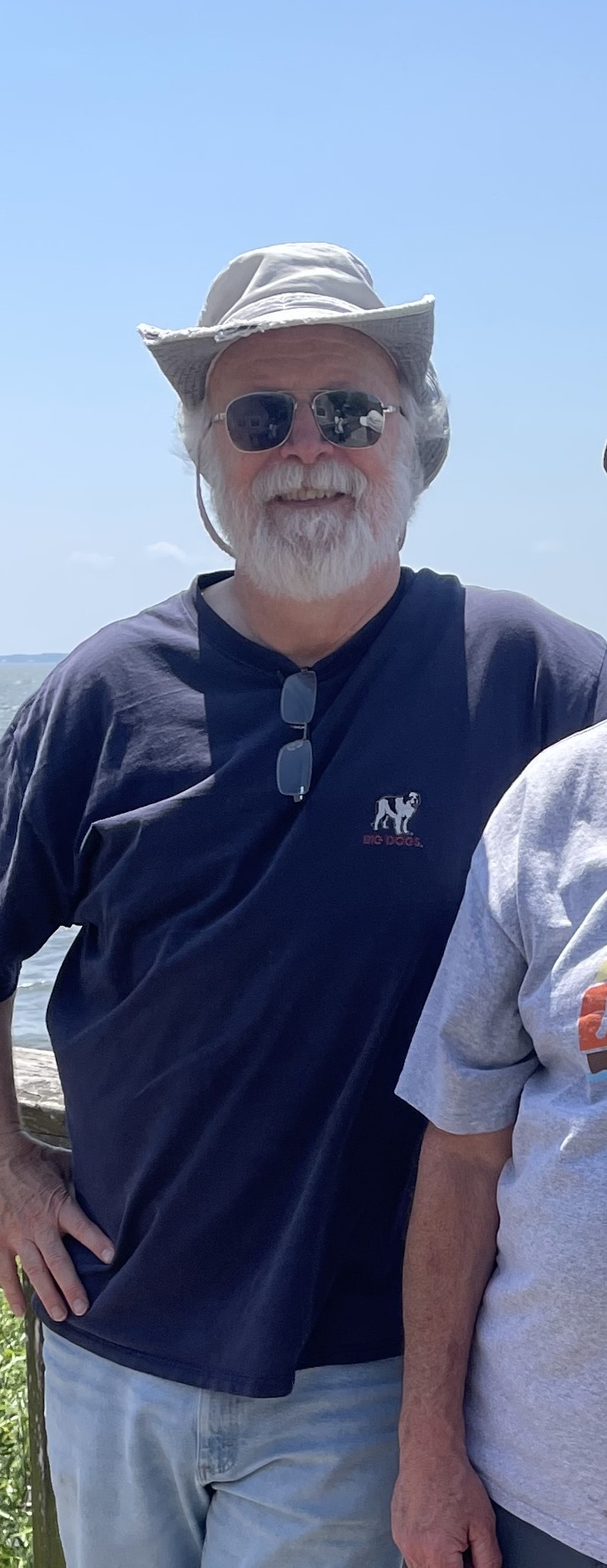Island History: A spotlight on stories from the Outer Banks’ Life-Saving Service
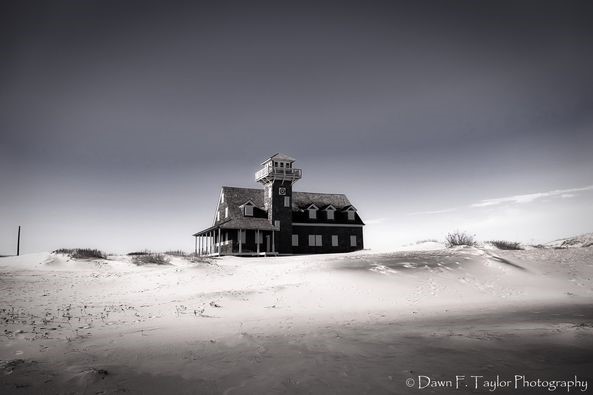
The Chicamacomico Life-Saving Station (CLSS) is celebrating its 150th anniversary this year, as one of the seven original Life-Saving Stations to be built in North Carolina in 1874.
As such, the Chicamacomico Life-Saving Station and Historic Site in Rodanthe will be sharing stories about the seven 1874 Outer Banks stations in the months ahead, leading up to the official October celebration of the United States Life-Saving Stations’ 150th anniversary in the state.
The following is the next of these Life-Saving Station feature articles to honor the #LegacyofLifeSaving, written by Jen Carlson for CLSS.
A Hero’s Response – a historic rescue by the Oregon Inlet Life-Saving Station
Just before daybreak on December 22, 1888, the south patrolman of the Oregon Inlet Life-Saving Station discovered a stranded schooner about a mile and a half southeast of the station.
He signaled to the vessel that help was on the way and hurried back towards the station to sound the alarm.
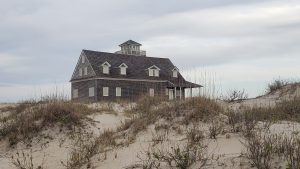
In the meantime, the station lookout had also spotted the vessel, so help was already on the way. Keeper Marcus L. Midgett determined that both the surfboat and the beach apparatus were to be taken to the scene due to a northerly gale that was creating rough seas, and distance would determine which method would be the most efficient.
Soon after arriving, the Lyle gun was in place and the first shot fired was a success. The whip and hawser were sent out and six successful trips were made with the breeches buoy.
By this time, Keeper Richard Etheridge and the crew of the Pea Island station had arrived to lend a helping hand after spotting the vessel in distress themselves.
While the breeches buoy was returning for the final sailor, the captain of the Charles C. Lister, Jr. schooner, swung around and fouled the lines, rendering the breeches buoy useless. As the surfmen were starting the process of untangling the lines, keepers, and crews from the Bodie Island and New Inlet stations also arrived on the scene.
The tide had started to fall, so the decision was made to launch the surfboat to retrieve the Lister’s captain. The surfboat was moved down the beach to gain as much of a lee as possible in the wind, and even with this adjustment, it took several tries to get away from the shoreline and through the breakers.
Eventually, the efforts were successful, and the captain was brought safely to shore. Those rescued included six sailors and one female passenger who were provided with dry clothing while their personal effects dried.
In the following days, the crews of the Oregon Inlet and Pea Island stations worked together saving as much as they could from the stranded vessel itself as well as her lumber cargo. Ten days after the incident, a wrecking company was able to get her afloat, but she had been badly damaged during the storm and the loss of her cargo was deemed about half of her value.
Those rescued from the Lister remained at the station for at least five days until one of the station’s crew transported them to the steamboat landing. Soon after their departure, the survivors sent a letter to General Superintendent Sumner Kimball sharing the events that happened and commending both the Oregon Inlet and Pea Island stations for their heroic actions and thanking them for their care and kindness in the days that followed. It was their belief that had the crews not responded so swiftly that all lives would have been lost that early morning. Their thanks also extended to the Bodie Island and New Inlet stations as well for their efforts during the rescue.
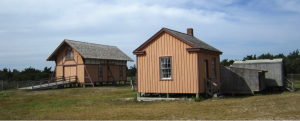
All in a Day’s Work at the Little Kinnakeet Life-Saving Station
Sometimes it’s just about lending a helping hand: On September 9, 1885, the captain of the Willie T. reached out to the Little Kinnakeet Life-Saving Station to help him with his schooner as he had no one else available to help. Keeper Edward O. Hooker and crew assisted the small schooner’s master in moving the vessel to the beach and blocking it up so the keel could be replaced. Nearly two months later after the repairs were completed, the station crew once again assisted the captain, this time in launching the vessel.


